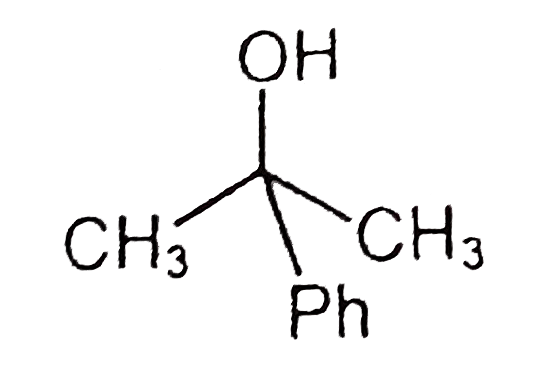Which of the following combination of species can evolve O2?
PbO2+warm conc. H2SO4
NaOH+F2
PbO2+conc. HNO3
XeF2+H2O
The correct Answer is:A, B, C, D
To determine which combinations of species can evolve oxygen gas (O₂), we will analyze each reaction provided in the question step by step.
Step 1: Analyze the first reaction
Reaction: PbO + warm concentrated H₂SO₄
- Reactants: Lead oxide (PbO) and warm concentrated sulfuric acid (H₂SO₄).
- Products: Lead sulfate (PbSO₄), oxygen gas (O₂), and water (H₂O).
Conclusion: This reaction evolves oxygen gas.
Step 2: Analyze the second reaction
Reaction: NaOH + Cl₂
- Reactants: Sodium hydroxide (NaOH) and chlorine gas (Cl₂).
- Products: Sodium chloride (NaCl), oxygen gas (O₂), and water (H₂O).
Conclusion: This reaction also evolves oxygen gas.
Step 3: Analyze the third reaction
Reaction: PbO + concentrated HNO₃
- Reactants: Lead oxide (PbO) and concentrated nitric acid (HNO₃).
- Products: Lead nitrate (Pb(NO₃)₂), oxygen gas (O₂), and water (H₂O).
Conclusion: This reaction evolves oxygen gas as well.
Step 4: Analyze the fourth reaction
Reaction: XeF₆ + H₂O
- Reactants: Xenon hexafluoride (XeF₆) and water (H₂O).
- Products: Xenon (Xe), oxygen gas (O₂), and hydrogen fluoride (HF).
Conclusion: This reaction also produces oxygen gas.
Final Conclusion
After analyzing all the reactions, we find that all the provided combinations of species can evolve oxygen gas (O₂). Therefore, the answer to the question is that all options are correct.
---
Reaction: PbO + warm concentrated H₂SO₄
- Products: Lead sulfate (PbSO₄), oxygen gas (O₂), and water (H₂O).
Reaction: NaOH + Cl₂
- Products: Sodium chloride (NaCl), oxygen gas (O₂), and water (H₂O).
Reaction: PbO + concentrated HNO₃
- Products: Lead nitrate (Pb(NO₃)₂), oxygen gas (O₂), and water (H₂O).
Reaction: XeF₆ + H₂O
- Products: Xenon (Xe), oxygen gas (O₂), and hydrogen fluoride (HF).
After analyzing all the reactions, we find that all the provided combinations of species can evolve oxygen gas (O₂). Therefore, the answer to the question is that all options are correct.
Topper's Solved these Questions
- TYPES OF REACTIONSBOOK - VK JAISWAL ENGLISHCHAPTER - TYPES OF REACTIONSEXERCISE - MATCH THE COLUMN
14 Videos
- TYPES OF REACTIONSBOOK - VK JAISWAL ENGLISHCHAPTER - TYPES OF REACTIONSEXERCISE - SUBJECTIVE PROBLEMS
42 Videos
- TYPES OF REACTIONSBOOK - VK JAISWAL ENGLISHCHAPTER - TYPES OF REACTIONSEXERCISE - LEVEL 3
44 Videos
- s-BLOCK ELEMENTSBOOK - VK JAISWAL ENGLISHCHAPTER - s-BLOCK ELEMENTSEXERCISE - SUBJECTIVE PROBLEMS
2 Videos
Similar Questions
Which of the following combination does not evolve Cl2 gas?
View SolutionWhich of the following combination doen's evolve Cl2 gas?
View SolutionWhich of the following combination of species undergo(es) comproportionation?
View SolutionWhich of the following combination of species undergo(es) comproportionation?
View SolutionWhich of the following combinations can give standing wave.
View Solution
Which of the following combination of reactants can be used to prepane the following given compound?
View SolutionWhich of the following carbonates does not evolve CO2 on heating?
View SolutionWhich of the following reactions can evolve phosphine ?
View SolutionWhich of the following evolved first?
View SolutionWhich of the following species has O−O bond?
View Solution
